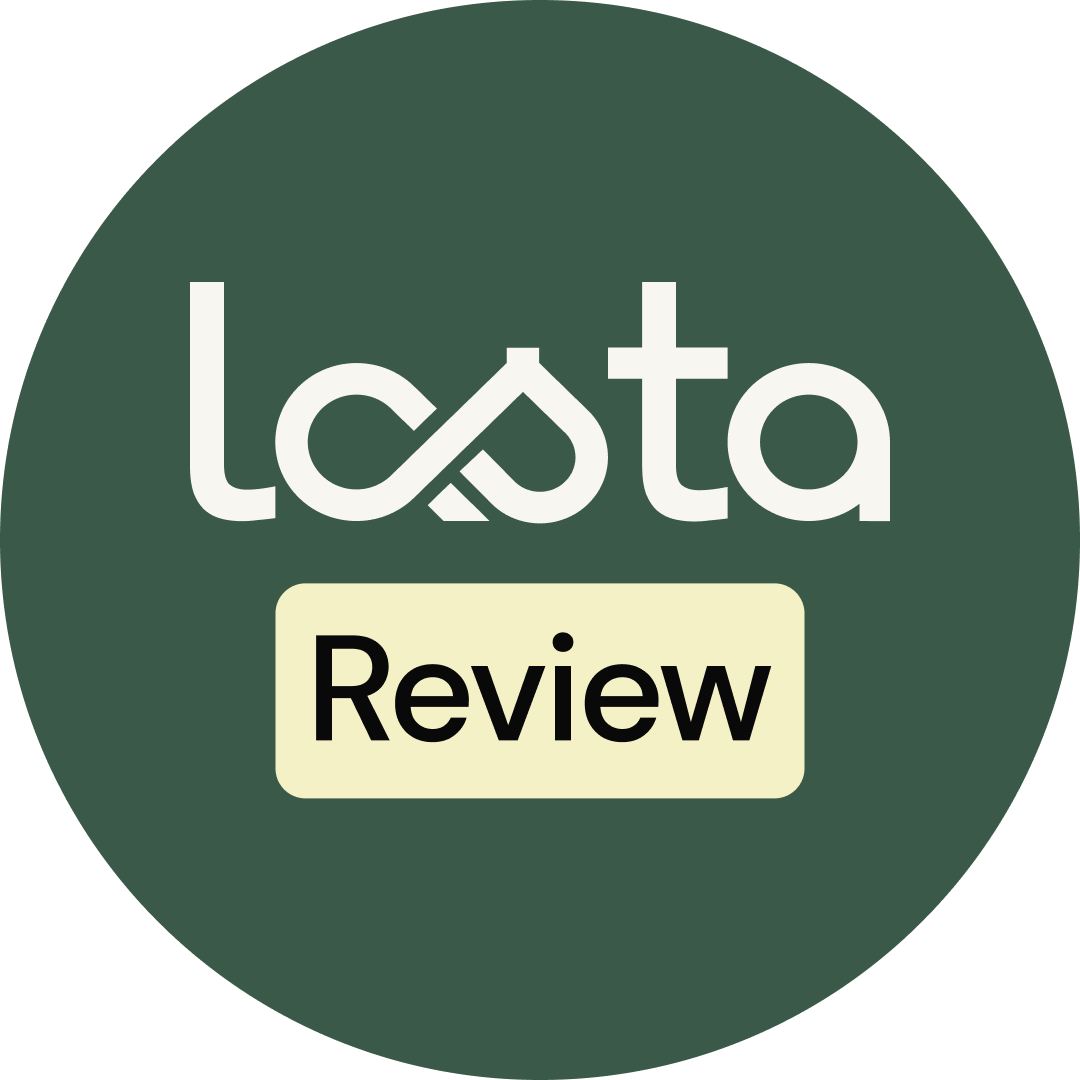Table Of Contents
I battled weight issues for 30+ years before discovering cognitive behavioral therapy (CBT). My journey with food has been complex, emotional, and at times destructive. Through CBT techniques, I finally broke free from emotional eating patterns that had controlled my life since childhood. If you’ve struggled with yo-yo dieting and emotional eating, my story might help you find a sustainable path to weight management through psychological techniques rather than restrictive diets.
Key Takeaways:
- CBT addresses the psychological aspects of eating that most diets ignore
- Tracking mood-food relationships helps identify emotional eating triggers
- Learning to distinguish between physical hunger and emotional needs is crucial
- Cognitive behavioral therapy can lead to sustainable weight loss (40+ pounds in my case)
- Using CBT to lose weight provides mental freedom from food addiction
Hey, I’m Mike, 33, and I’ve had eating disorders for as long as I can remember.
As an overweight kid, I was harassed at school all the time and found food as a coping mechanism. So, instead of communicating and resolving the issue, I ate my feelings.
As a teen, I felt the need to fit in, so I lost weight. When I limited sugary and fatty foods, it started working, but the cravings for my favorite foods were literally driving me mad. After 1 month of severe restrictions, I gave up and binged for the first time. I felt so guilty and desperate at that time that I thought I would never cope with that. But I did – by introducing more restrictions. As a result, I lost some extra lbs, but, still overweight, I seriously harmed my mental and physical health.
For the next decade, it was almost the same – bingeing and punishment, medications, constant feelings of guilt, disgust, and desperation.
Once, a friend sent me a TED video where a weight loss expert spoke about the psychological aspects of weight loss and the habits that define your progress. I got curious, dug into this topic, and discovered that there’s a psychological therapy treatment for eating disorders as I have. I learned about other people with the same problem. Their success stories gave me hope. So I decided to try cognitive behavioral therapy.
Also, read – How I Saved My Health and Lost 27 Pounds with Intermittent Fasting
I was looking for online CBT courses as I don’t have enough time to commute to the therapist. So I focused on wellness apps and ran into Lasta after reading several reviews.
I changed my eating habits with CBT therapy by tricking my brain into gaining joy from other things but food. It needed me to track my mood-food relationship every day. It was tough to start with, but later on, I got used to it.
I already got my first results in a few weeks. I felt free of food addiction and capable of changing my life. Within a couple of months, I could easily define my physical hunger from my emotional needs and cover them correctly. I lost weight after I stopped eating my feelings. I am 187 lbs now, about 40 lbs lighter than before I started the course.
I still have goals to hit, but I feel so good already. I bet you should try CBT psychology at least once in your life!
My Lifetime Battle With Emotional Eating
Emotional eating dominated my life for as long as I can remember. As a kid, I turned to food whenever I felt sad, anxious, or rejected. Food never judged me. It was consistent, reliable, and gave me immediate comfort. Ice cream after a bad day at school, pizza when I felt lonely, cookies when I was bored – these became my emotional support system.
The worst part? I didn’t even recognize this pattern until my 30s. I simply thought I lacked willpower or had “bad genes.” In reality, I was using food to self-medicate emotional pain. Every diet failed because none of them addressed the psychological reasons behind my eating habits.
How Food Became My Coping Mechanism As An Overweight Kid
School was brutal for an overweight child. The taunts, exclusion, and outright bullying created a vicious cycle: I’d get teased about my weight, feel terrible, then eat to soothe those feelings. Food became both my problem and my solution. My parents, though well-meaning, didn’t know how to help. They’d sometimes restrict my eating, which only increased my desire for “forbidden” foods.
By age 10, I was sneaking food and hiding wrappers. The shame of these secret eating sessions made me feel even worse about myself. Food was my friend, my comfort, and increasingly, my deepest source of shame. This early relationship with eating set me up for decades of disordered patterns.
The Binge-Restrict Cycle That Dominated My Life For Decades
My teen years introduced me to dieting. I’d restrict calories dramatically, lose some weight, then inevitably break down and binge. Each binge triggered intense guilt, leading to even stricter food rules afterward. This cycle defined twenty years of my life:
- Monday: Start new restrictive diet with perfect compliance
- Wednesday: Begin having intense cravings and obsessive food thoughts
- Friday: Break down and binge on “forbidden” foods
- Saturday: Feel overwhelming guilt and self-hatred
- Sunday: Plan an even more restrictive diet to “make up for” the binge
This pattern destroyed my metabolism and my mental health. Each cycle reinforced my belief that I lacked control and willpower, when in reality, this biological and psychological response to restriction is completely normal.
The Mental Health Cost Of Yo-Yo Dieting
Few people discuss the devastating psychological impact of chronic dieting. For me, it included:
- Persistent anxiety around social events involving food
- Depression and feelings of personal failure after each diet attempt
- Obsessive calorie counting that consumed hours daily
- Withdrawal from relationships due to food-related anxiety
- Complete loss of intuitive eating signals
My self-worth became entirely tied to my food choices and weight. On “good” days when I stuck to my diet, I felt worthy. On “bad” days when I gave in to cravings, I felt like a complete failure. This all-or-nothing thinking kept me trapped for years.
How CBT Therapy Changed My Relationship With Food
When I first heard about using CBT to lose weight, I was skeptical. How could therapy help when dozens of diets had failed? But cognitive behavioral therapy addressed what no diet ever had – the thinking patterns driving my eating behaviors.
CBT taught me to identify distorted thought patterns like:
- “I’ve already eaten one cookie, so I’ve blown my diet and might as well eat the whole box”
- “I must be perfect with my eating or I’m a complete failure”
- “I can’t handle this feeling of discomfort without food”
Through regular practice, I learned to challenge these automatic thoughts and replace them with more balanced perspectives. This cognitive restructuring became the foundation of my recovery.
Breaking The Connection Between Emotions And Eating
The most transformative aspect of CBT was learning to separate emotions from eating. I created a personal toolbox of alternatives to emotional eating:
- Brief walks when feeling anxious
- Journaling when processing difficult emotions
- Texting a supportive friend instead of reaching for comfort food
- Five-minute meditation sessions for stress relief
- Taking a shower or bath when feeling the urge to stress-eat
These strategies didn’t work perfectly at first, but with practice, they became more effective. The key insight was realizing that emotions, even uncomfortable ones, won’t kill you – they simply rise and fall if you allow yourself to feel them without immediately seeking relief through food.
Learning To Identify Physical Hunger Versus Emotional Needs
After decades of dieting, I’d completely lost touch with my body’s hunger signals. CBT helped me rediscover the difference between physical hunger and emotional cravings. I started using a simple hunger scale from 1-10:
- 1-3: True physical hunger (empty stomach, low energy, difficulty concentrating)
- 4-6: Neutral (neither hungry nor full)
- 7-10: Comfortably full to uncomfortably stuffed
I aimed to eat when reaching 3 and stop at 7. This simple practice helped me recognize that many of my “hunger” signals were actually responses to emotional triggers, boredom, or simply habit. Learning to pause and assess my true needs was a game-changing skill.
The Daily Mood-Food Tracking That Transformed My Habits
The cornerstone of my CBT practice was daily tracking of my mood and eating patterns. For each meal or snack, I recorded:
- What I ate
- My hunger level before eating
- The emotions I was feeling
- The situation/context
- My thoughts before, during and after eating
This tracking revealed clear patterns. I discovered I rarely binged when truly hungry. Instead, binges were triggered by specific emotions – particularly loneliness, work stress, and feelings of inadequacy. Once I identified these triggers, I could develop targeted strategies for each.
The tracking process wasn’t about judgment but about gathering data. This objective approach helped me view my eating habits with curiosity rather than shame.
40 Pounds Lighter: My CBT Weight Loss Success Story
The weight loss came gradually and almost as a side effect of healing my relationship with food. In the first month, I only lost 5 pounds – far less than many crash diets had delivered. But unlike those diets, the weight continued to drop steadily month after month.
After six months, I was down 40 pounds without ever following a strict meal plan or eliminating food groups. More importantly, I no longer experienced the binge-restrict cycle that had dominated my life. Food became just food – not a moral issue, emotional crutch, or obsession.
The physical benefits extended beyond weight loss. My sleep improved, my energy levels stabilized, and lab tests showed improvements in cholesterol and blood sugar levels. But the psychological freedom was even more valuable.
Why CBT To Lose Weight Works When Diets Fail
Using CBT to lose weight succeeds where traditional diets fail because it addresses the root causes of problematic eating. Diets focus on external rules and restrictions, which may work temporarily but rarely address why we overeat in the first place.
CBT’s success stems from its focus on:
- Changing thought patterns that drive behaviors
- Building sustainable skills rather than temporary restrictions
- Developing self-awareness around eating triggers
- Creating personalized strategies based on individual patterns
- Addressing the emotional aspects of eating
Traditional diets often increase psychological stress, which can trigger more emotional eating. CBT, by contrast, reduces the mental burden around food, creating a more sustainable approach.
How To Start Using CBT Techniques For Weight Management
You don’t need to wait for professional therapy to begin applying CBT principles to your eating habits. Here are simple techniques to start with:
- Keep a basic food-mood journal for one week, noting what you eat and how you feel before and after
- Practice pausing before eating to ask “Am I physically hungry or emotionally hungry?”
- Identify your top three emotional eating triggers
- Develop one alternative coping strategy for each trigger
- Challenge all-or-nothing thinking around “good” and “bad” foods
For more structured support, apps like Lasta offer guided CBT programs specifically for emotional eating and weight management. Working with a therapist who specializes in eating issues can also be invaluable, whether in-person or through telehealth.
Freedom From Food Addiction Through Cognitive Behavioral Therapy
The most profound change CBT brought me wasn’t the weight loss – it was freedom from food obsession. I no longer spend hours thinking about what I’ll eat, feeling guilty about what I’ve eaten, or planning restrictive diets. Food has taken its proper place in my life as nourishment and occasional pleasure, not as an emotional crutch or moral battleground.
This mental freedom is what makes CBT-based weight loss sustainable. I still enjoy pizza, ice cream, and chocolate – but I eat them mindfully and in moderate amounts, without the guilt-binge cycle that previously dominated my life.
If you’ve struggled with emotional eating and the endless cycle of dieting, using CBT to lose weight might be the approach you’ve been missing. It’s not a quick fix or a magical solution, but a set of practical skills that can transform your relationship with food and your body for life.
success-stories








